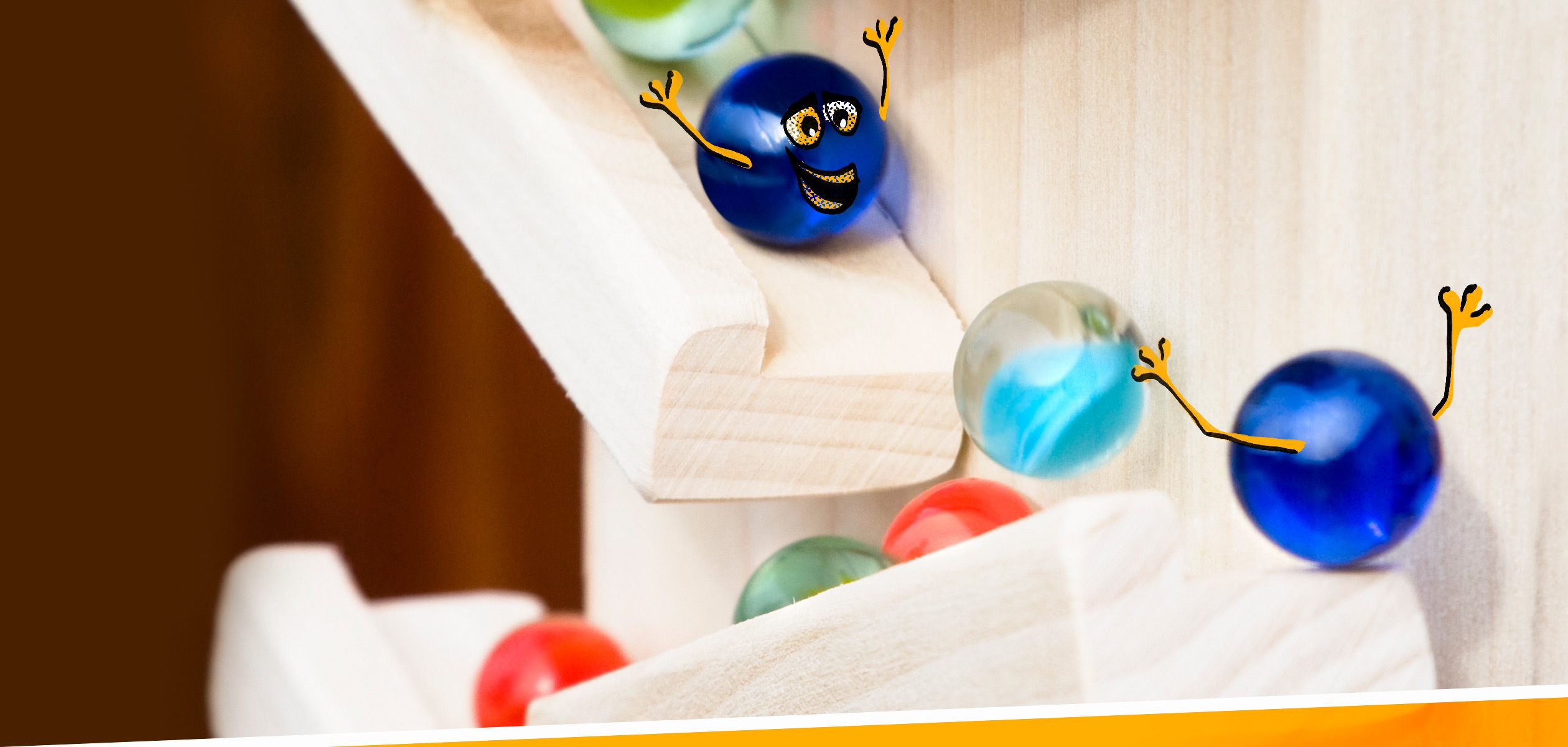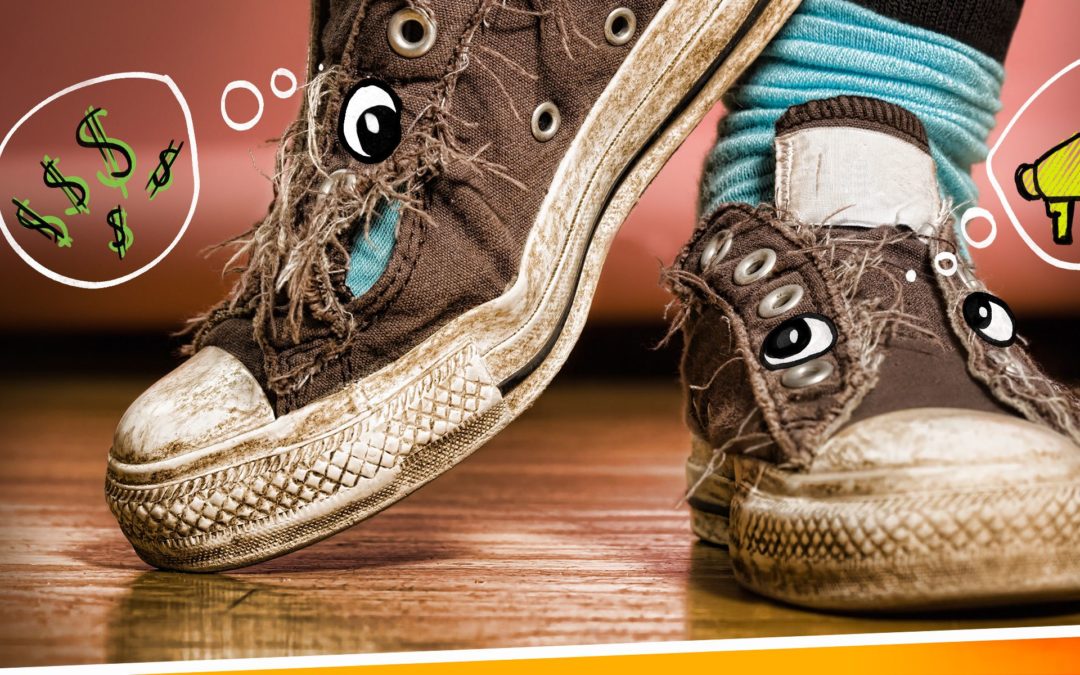Sales and Marketing, Part 4: How to Create a Sales Funnel for Free
This is the last in a 4-part series about how to create marketing and sales plans.
Part 1 teaches you how to create a marketing plan.
Part 2 covers telling your marketing story.
Part 3 is all about creating a sales plan.
The last-but-not-least part of the basic sales plan is to design and determine the details of your sales funnel. Much like the name implies, the goal here is to start with the entire universe of people who maybe-might-be-kind-of interested in your product, eliminate those who aren’t likely to buy, and guide the rest toward the deal-closing handshake.
(Fun side note for office trivia night: The process of moving customers through a sales funnel is called winnowing. Which, in farm terms, means separating the grain from the chaff. Which, in business terms, is an apropos metaphor.)
If you sell your product online, you might think this approach doesn’t apply to you, and it is true that the digital funnel is more like an F5 than an F1 (tornado pun — check!). But as anybody with a website knows, many clients will get halfway through their shopping cart, get confused, and still call or email you with questions. Or even worse, get frustrated and bounce, leaving their cart full (but oh so empty). Having a website doesn’t erase the need for a sales funnel.
Timing, Budget, and Features
In successful funnels, winnowing starts with the factors most likely to eliminate a potential buyer, ends with a purchase, and has 3 steps in between: budget, timing, and features. Anybody who comes out the other side of that set of limitations and is still in it to win it will typically complete the transaction.
Here’s a closer look at each.
Step 1: Minimums
The first step in the weed-out process is to validate whether a potential client can meet your minimum purchase requirements. If Dick sells cars, and the cheapest one costs $2,500, Dick has nothing to offer someone whose budget is only $1,000. Similarly, if a company’s core offering is industrial design services, they may know that projects under $25,000 will be too much work for the money.
“Elimination by minimum” looks a bit different for every business. On an e-commerce website, it might simply be a minimum order size. You only allow people to order 12 dozen pairs of socks — no single socks allowed (sorry, Dobby). For a karaoke lounge, it might be a minimum length of time with the mic or a minimum drink purchase.
No matter how you get to your minimum, your sales process will include some version of this sentence:
“Our minimum for XYZ product is $ABC; will that work for your budget?”
To put this into practice, create the widest end of your funnel by listing your minimums for each product. Something simple works just fine:
- Car — $2,500
- Extended Warranty — $150
- Oil Change — $50
Step 2: Timing
After figuring out that a potential buyer will be able to afford your product, the next winnowing step is timing. If someone has the cash for a new car but they need it RIGHTNOW and you can’t get the one they want on the lot until next week? They’re not a buyer — out they go.
Here’s how timing might look as part of your sales process:
“Okay, great. I’m glad this fits your budget. Right now we’re looking at being able to deliver our product in about 4 weeks — will that be okay for you? We also have rush shipping available that would get it there in 2 weeks for an additional fee, if you need it faster.”
To narrow your funnel, simply add timing as a line item to each of the products listed in the previous step.
Step 3: Killer Features
You now have a list of customers who say yes to both budget and timing. The final step — the one that will send them around third base and toward home — is helping them understand why the product is awesome, and why they need it.
We’re not just talking about a list of features. We’re talking about THE feature. The killer feature. The deal-breaker. The one that will seal the deal if your product has it and kill the deal if it doesn’t.
What makes a killer feature? For a car buyer, it might be the size of the engine. For a foodie, it might be Tillamook cheddar (vs. store-brand cheddar). And for a plumber, it might be that the client only wants a Kohler-brand toilet.
Determining your deal-killers involves a little bit of research, a little bit of experience, and a good understanding of your customers. You may already know which features generally get the lowest ratings, or you may have a feeling that your “busy executive” audience isn’t going to be happy with a required in-person consultation.
But if you aren’t sure? Just ask: “Are there any features that you absolutely must have?” That said, the worst thing you can do is guess. Instead, do your homework and find out what’s important to your buyers. Don’t leave it to chance.
Step 4: Make It Easy to Close
Once you’ve constructed your funnel and determined that your product checks all the right boxes, the last step in the process is to close the sale — which means both completing the purchase and gathering the information that operations will need to fulfill the order.
Depending on the complexity of your product, this info can range from simply collecting a name, address, phone number, and credit card to something much more complicated involving dimensions, colors, finishes, and hinge types.
Precision and thoroughness are important here, regardless of what is needed, so operations doesn’t waste time or money going back to the customer to get more information — especially if the sale is still within the return window. Nothing looks less professional to a customer than, “Oh, sorry, I forgot to ask …” after they’ve already made the purchase.
When Funnels Fail
There’s one mistake that a lot of new business owners make when designing a sales funnel — they start at features and work backward. The thought is that, if they can tell their potential buyers about how awesome their product is, they’ll overcome any objections about timing or budget.
And while that might sound good as a philosophy, it always fails in practice. The customer says “OMG that’s amazing and I’m definitely inter— wait, it costs how much??” and the seller says a lot of, “Yes, but … .” In the end, it’s a waste of time for both parties.
Putting It All Together
Want the key takeaways from this series? Here’s the TL;DR:
- Sales and marketing are kind of related, but definitely not the same thing.
- Marketing is about raising product awareness and creating desire to purchase.
- Sales is about, well, getting the sale.
- Businesses should create a marketing plan first, sales plan second.
- Both plans require knowing your business as a whole, your individual products, and your audiences.
Related content:
Sales and Marketing, Part 1: How to Create a Marketing Plan
Sales and Marketing, Part 2: Marketing Your Business in 6 Easy Steps
Sales and Marketing, Part 3: How to Create a Sales Budget and Plan
Sales and Marketing, Sidebar: Marketing Case Studies from the BigCos





The final step — the one that will send them around third base and toward home — is helping them understand why the product is awesome, and why they need it.